War in the Pacific !!
By the end of 1942, the Japanese Empire had expanded its holdings to the maximum. Japanese soldiers occupied territories from India to Alaska, and also occupied islands in the South Pacific
The US Navy, under the command of Admiral Chester Nimitz, applied the “island to island” strategy. In front of the naval fleet the goal was to seize and take control of strategically important islands on the way to Japan.
At sea, Japanese submarines, bombers and kamikazes caused great damage to the US Navy, but they could not hold back the advance of American troops from the island to the island.
Photos illustrate the events of those early years:
Attention on the photo there is an image of the dead soldiers !!
Four Japanese ships, attacked by US surface ships and aircraft, are burning at Cape Tassafarong on Guadalcanal Island, 16 November 1942 of the year. The ships were part of a large express train from transport and warships attacked by the enemy from the north of 13 and 14 in November. Only these four ships reached Guadalcanal. They were completely destroyed by aircraft, artillery and surface ships.
U.S. Marines Explore Bougainville Island Undercover in the Solomon Islands Archipelago tank, after night, Japanese soldiers entered their rear, March 1944.
The torpedo-hit Japanese destroyer Yamakaze was photographed through the periscope of the 5 submarine of June 1942 of the year. Yamakaze sank 5 minutes after a torpedo hit. All crew members died.
US intelligence patrols through the dense jungle in New Guinea, December 18, 1942.
Japanese soldiers killed in an attack by US marines in August 1942 lie in the sand near a mortar on Guadalcanal Island in the Solomon Islands archipelago
An Australian soldier wearing a helmet and a gun examines the typical landscape of New Guinea around Milne Bay Bay, where earlier Australian soldiers repelled a Japanese invasion attempt, October 31 1942 of the year
Japanese bombers are dropping to attack US warships in the Pacific, September 25, 1942.
24 August 1942, the USS Enterprise Enterprise, located near the Solomon Islands, was attacked by Japanese bombers. As a result of several direct shells hit the flight deck, an 74 man was killed. Among the dead was the photographer who took this picture.
Soldiers are being evacuated from a US destroyer to a cruiser in a rescue cradle, November 14 1942. The destroyer was sunk during a naval operation against Japan off the coast of the Santa Cruz Islands in the South Pacific, October 26. The US Navy won the battle with the Japanese, but lost the aircraft carrier and the destroyer
Pictured: Japanese prisoners of war captured on the island of Guadalcanal in the Solomon Islands archipelago, November 5, 1942
US Marines sneak down the beach on Tarawa Island during an attack on Japanese airport, December 2 1943.
The American cruiser bombs the position of Japan on Makin Island, which is part of the Gilbert Islands group, before the landing of American troops on the atoll, 20 November 1943 of the year.
Soldiers of the 165 Infantry Regiment disembark on the coast of Butaritari Island, which is part of the Makin Atoll, which was previously bombed from warships, November 20 1943. The American soldiers won the atoll from the Japanese, which is part of the Gilbert Islands group.
The bodies of American soldiers lie on the beach of one of the islands of the atoll of Tarawa after a fierce battle during the US invasion of the Gilbert Islands in late November 1943. As a result of the three-day battle of Tarawa, about a thousand marines were killed. More 687 sailors of the US Navy were killed on the aircraft carrier "USS Liscome Bay", which was sunk by a Japanese torpedo
US marines are moving towards the Japanese positions during the attack on the Tarawa Atoll, which is part of the Gilbert Islands, the end of November 1943. Of the 5 thousands of Japanese soldiers and workers on the island, only 146 people were captured. All the rest were killed.
Marines are waiting for orders to prosecute the retreating Japanese troops on the island Vella Lavella, Solomon Islands, September 13, 1943,
In the photo: two of the twelve American A-20 Havoc light bombers that participated in the raid on Kokas, Indonesia, July 1943. One of the bombers was hit by anti-aircraft fire and fell into the sea. Both crew members died.
Small Japanese ships leave larger ships during an American raid aviation to Tonolei harbor, a Japanese base on Bougainville Island in the Solomon Islands archipelago, on October 9, 1943. (AP Photo / US Navy)
US Marines shoot flamethrowers at Japanese fortifications blocking the road to Suribachi Mountain on Iwo Jima Island, March 4, 1945. Private Richard Klattiz from North Fond Dulac, Wisconsin, is on the left, and Wilfred Wugli, an ordinary 1 class, is on the right.
A US marine found this Japanese family, who was hiding in a cave on the side of a hill on Saipan Island, bypassing the territory, 21 June 1944, of the year. A mother, four children and a dog were hiding in a cave when fierce battles were fought in the region during the US invasion of the Mariana Islands
Columns of small landing ships LCI with military personnel on board follow the large landing ship on the way to Sansapor Cape in New Guinea, 1944 year.
The bodies of Japanese soldiers who fell in a desperate battle with US marines lie on the beach near Tanapag settlement on the island of Saipan in the archipelago of the Mariana Islands, July 14 1944. During the attack on the Japanese stronghold, the marines killed about Japanese 1300.
A Japanese dive bomber, shot down near the Japanese stronghold of Truk by Navy PB4Y aircraft, falls into the sea, July 2 1944. The pilot of the American plane, captain-lieutenant William Janeshek, said that the machine gunner on board the bomber behaved as if he were going to jump with a parachute, but then suddenly stopped and sat motionless until the plane fell into the water and exploded.
Amphibious amphibious assault vehicles are heading towards fortifications on the strategically important island of Peleliu, September 15, 1944. Equipped with guns amphibious tanks went to the storming of the island after the bombardment from the sea and from the air
Soldiers of the 1 Division of the Marine Corps stand near the bodies of their comrades who were killed by Japanese soldiers on the beach of Peleliu Island, Republic of Palau, September 1944 of the year. At the end of the 10 campaign, 695 of 11 thousands of island-based soldiers were killed and only about 200 were captured.
Fragmentation bombs fall on a disguised Japanese bomber Mitsubishi Ki-21 "Sally" during an attack by the US Air Force on Old Namlea Airport on Buru Island, the Dutch East Indies, on October 15 of the year 1944.
General Douglas MacArthur (center) heading for the coast, accompanied by his officers and Sergio Osmena, the president of the Philippines in exile (left), during a landing operation on the island of Leyte, the Philippines, on October 20 of the year 1944. American troops occupied the coast of the island occupied by the Japanese
The bodies of Japanese soldiers lie on a mountainside. They were shot by the US military while attempting a desperate attack on a ridge in Guam, 1944 year
14 US Air Force surprise attack on Hong Kong harbor, October 16 1944. Clouds of smoke rise from the burning docks of Kowloon and the nearby railway. A Japanese bomber (to the left of the center) is gaining altitude to attack American aircraft.
A burning Japanese torpedo bomber crashes as a result of a direct hit of 5-inch shells fired by the aircraft carrier Yorktown, October 25 1944 of the year.
Barges with American soldiers heading to the shores of Leite Island, October 1944. Soldiers watch the air battle of American and Japanese aircraft in the sky above their heads.
The picture provided by Toshio Yoshitake, a former kamikaze pilot, captured Yoshitake (right) and his colleagues (from left to right) Tetsuya Ueno, Koshiro Hayashi, Naoki Okagami and Takao Oi against the background of the Zero fighter before leaving the Imperial Army for the Orient. November 8 1944 of the year. Of the 17 pilots and flight instructors that took off that day, only Yoshitake survived. He was forced to make an emergency landing when an American military plane shot him in the sky
The Japanese kamikaze sends a damaged single-engine bomber to the American Essex aircraft carrier near the Philippine Islands, November 25 1944.
A smoking Japanese aircraft, piloted by a kamikaze, was photographed a few seconds before falling onto the deck of the aircraft carrier Essex, 25 November 1944 of the year
Implications of a kamikaze attack on an Essex aircraft carrier in November 1944. Firefighters extinguish the fire on the deck, strewn with wreckage. The bomber crashed into the flight deck at the left side of the aircraft carrier next to the aircraft, which were filled up before departure. 15 people died and 44 injured.
A US Marine shot dead by a Japanese sniper, left lying with weapons in the hands on the black volcanic sand of Iwo Jima, February 19 1945. In the background are the battleships of the US Navy.
US troops lay the coastal bridgehead on the island of Okinawa in 560 km from the islands of Japan, 13 in April 1945 of the year. Landing ships supplying food and military equipment dot the sea to the horizon. In the distance visible warships of the US Navy
The USS Santa Fe is standing next to the damaged Franklin aircraft carrier. The aircraft carrier was attacked by a Japanese bomber during the Battle of Okinawa off the coast of Honshu Island, Japan, March 19, 1945. More than 800 people died, and the surviving crew members tried to put out the fire and repair the ship to keep it from sinking.
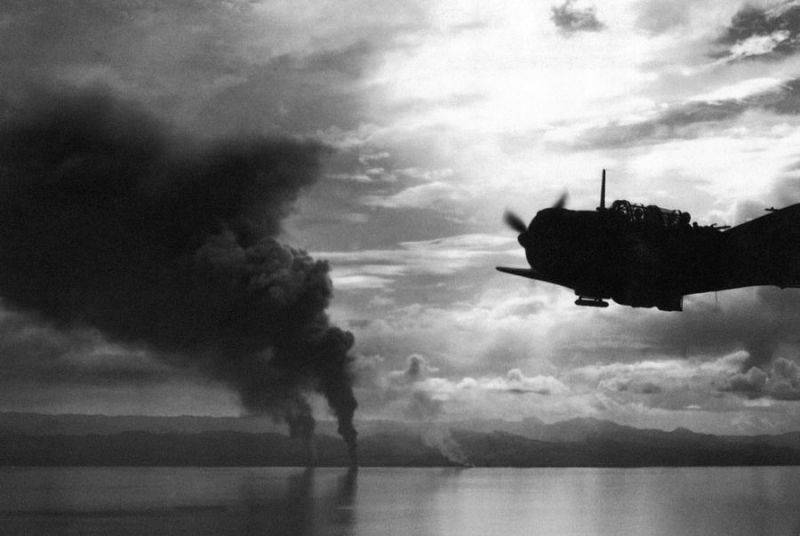
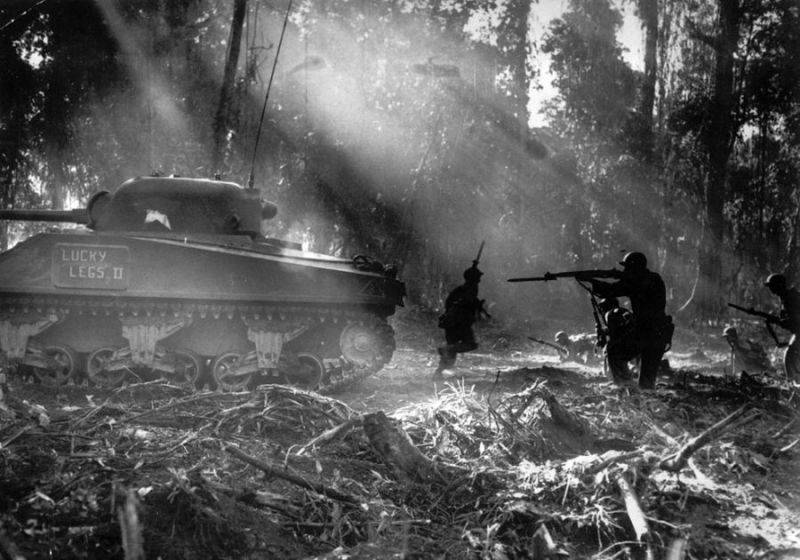
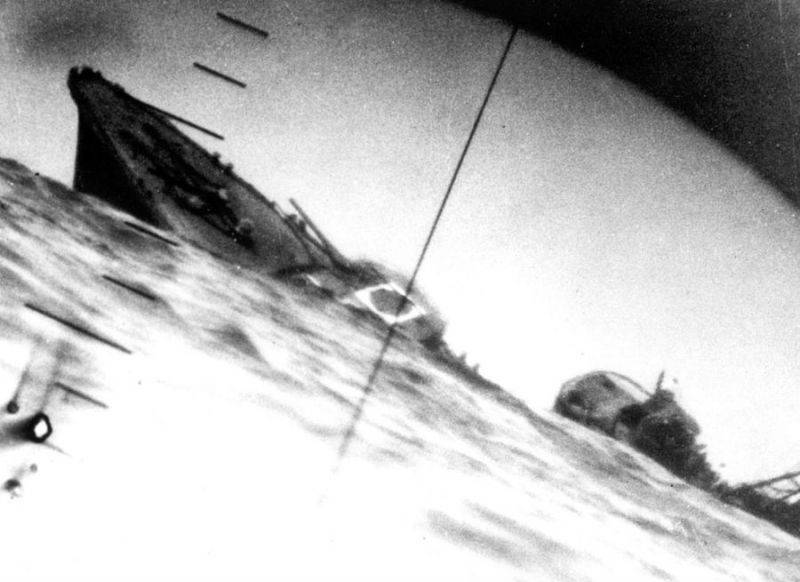
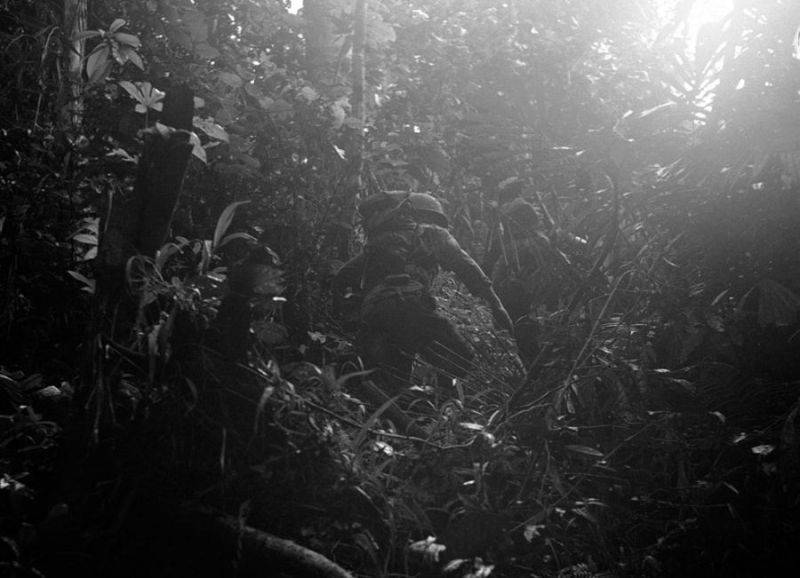
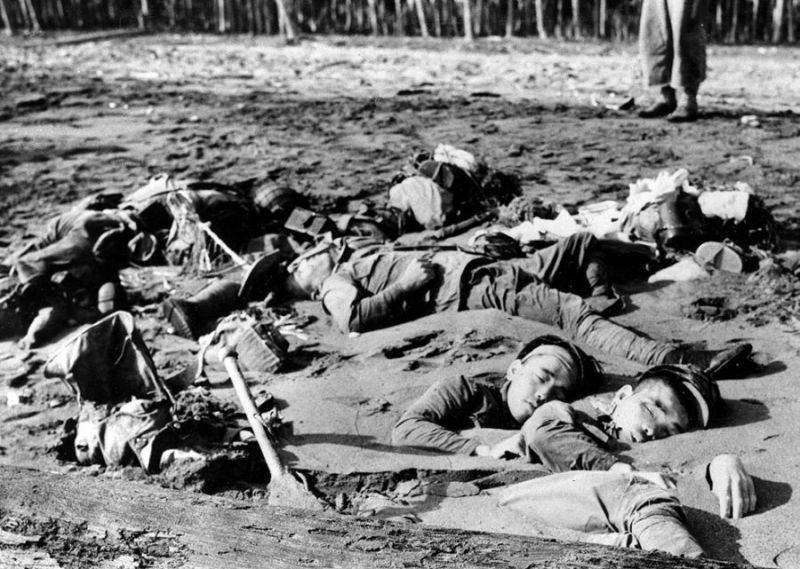
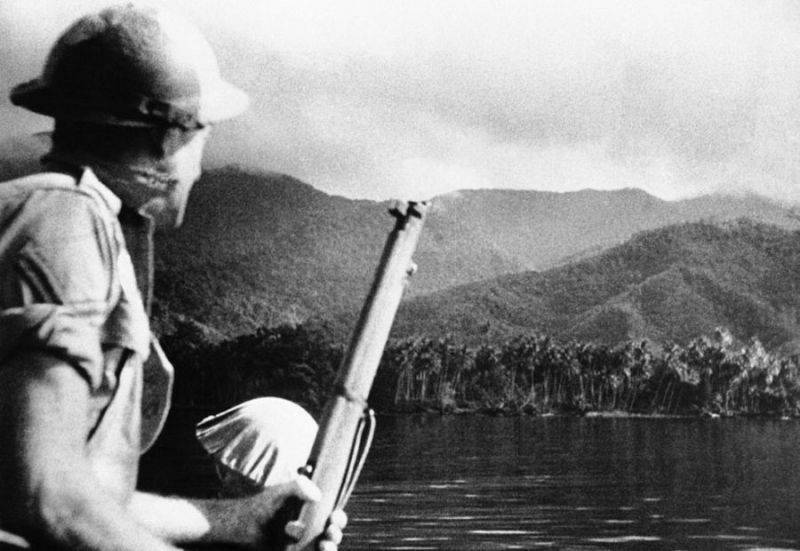
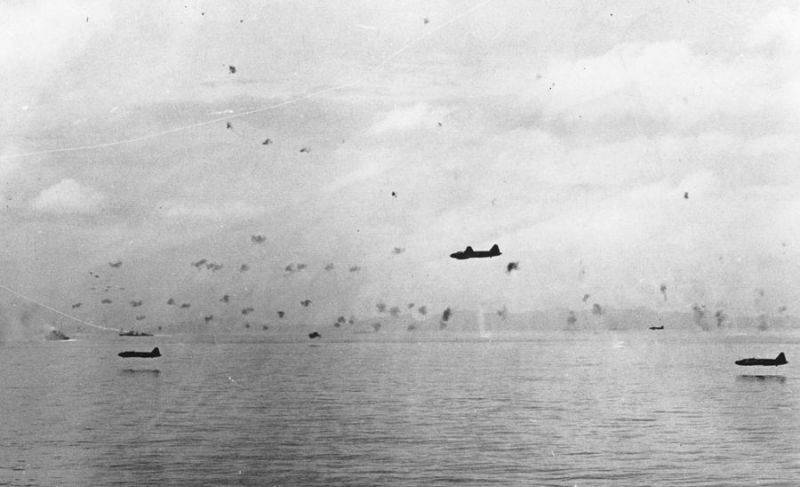
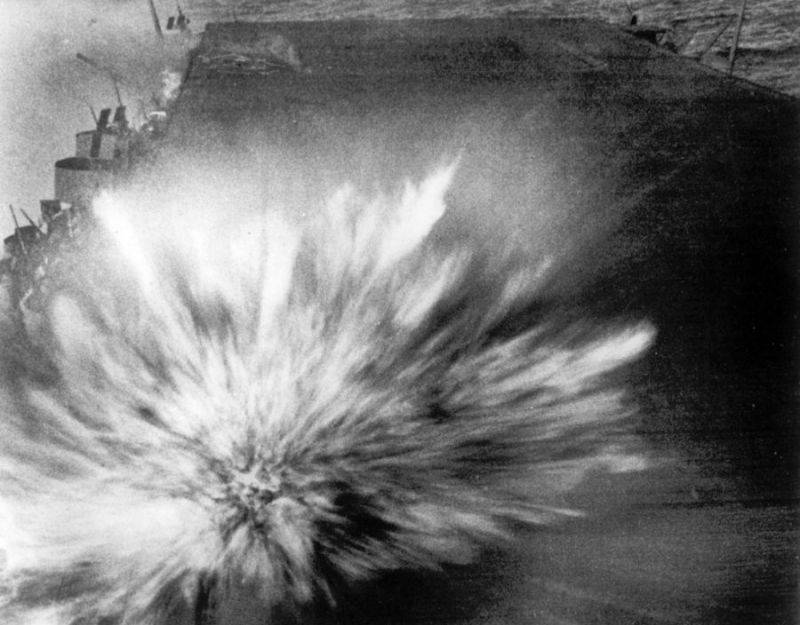
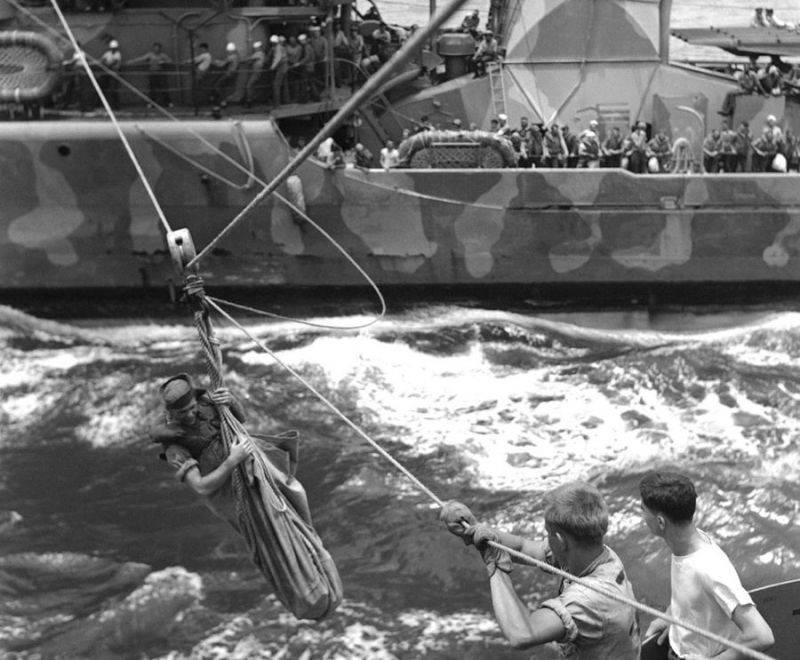
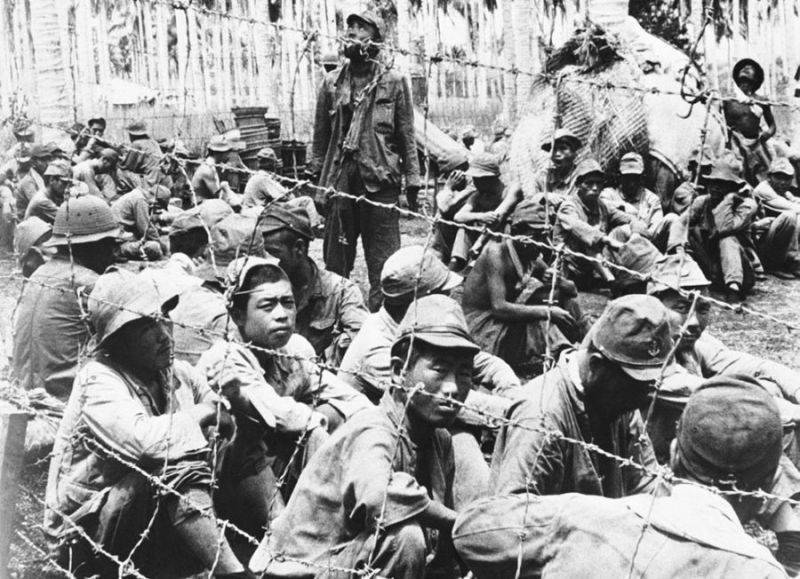
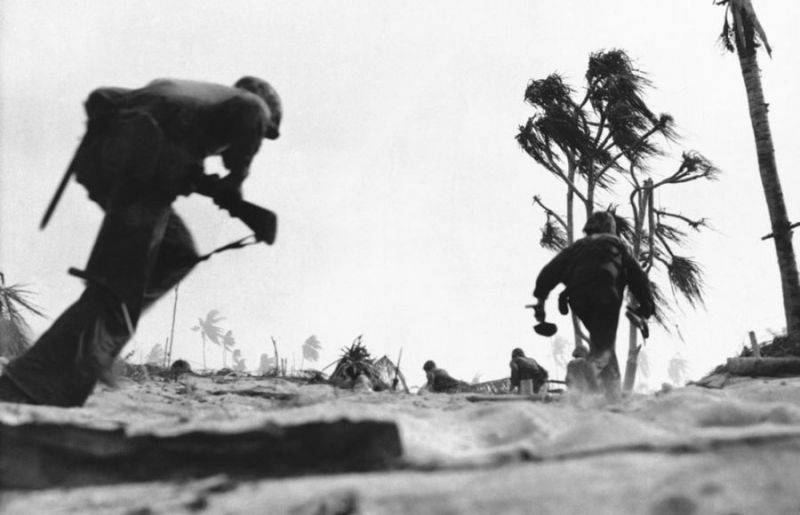
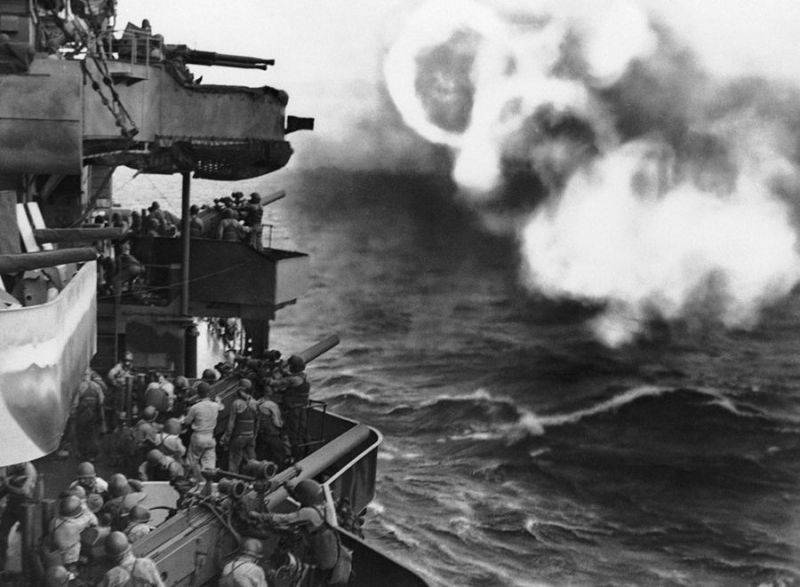
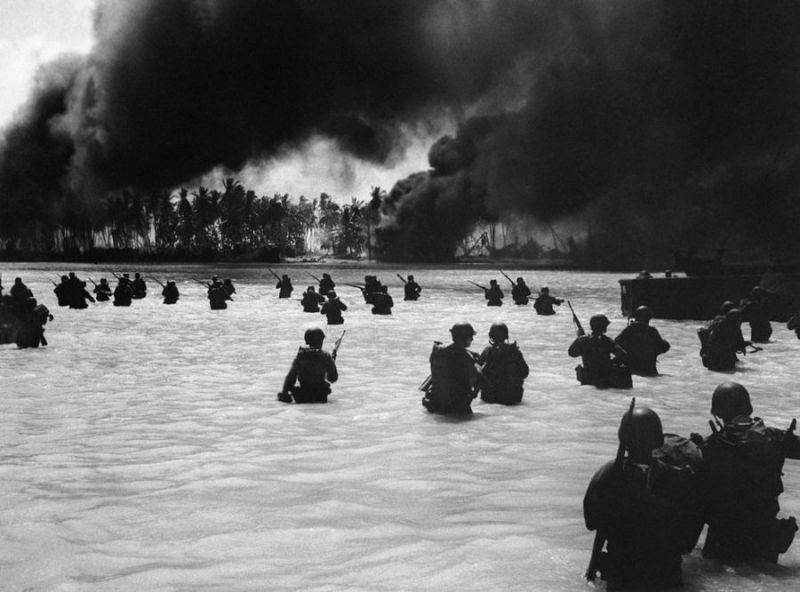
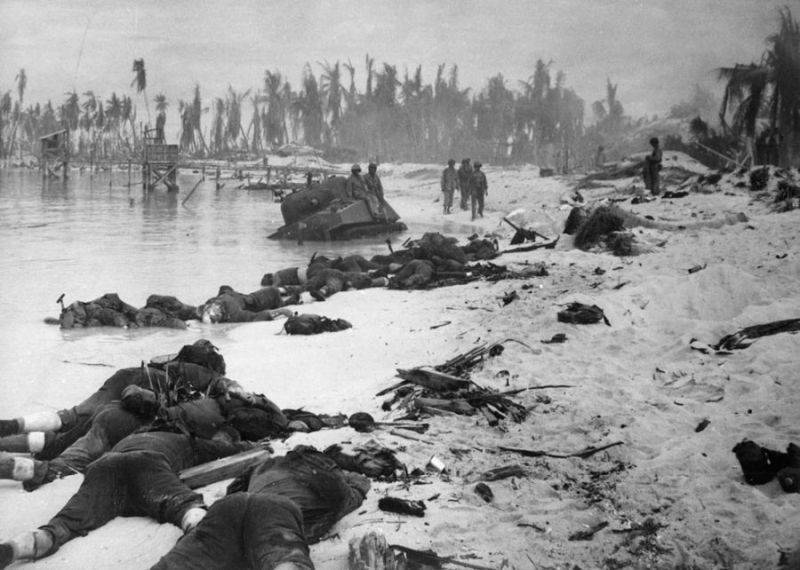
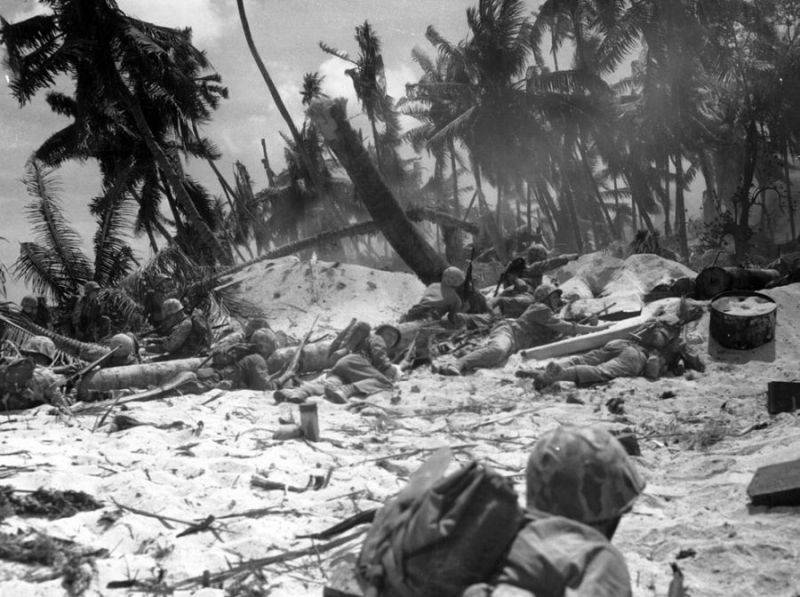
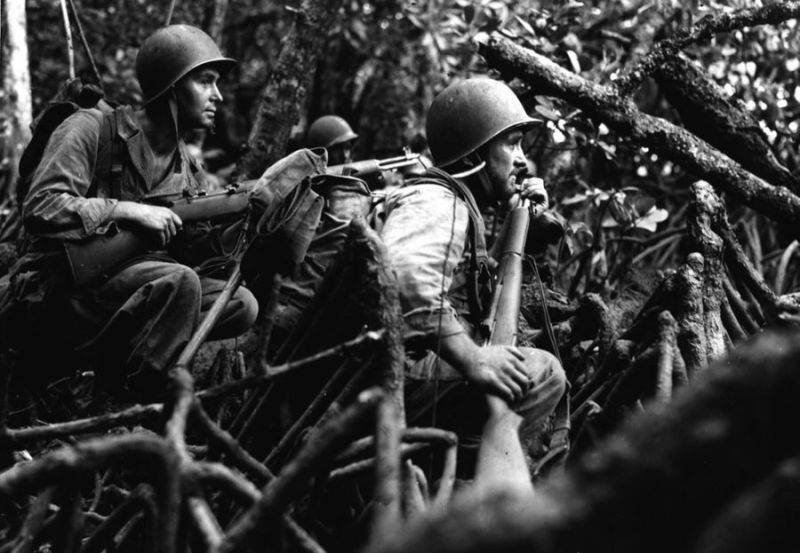
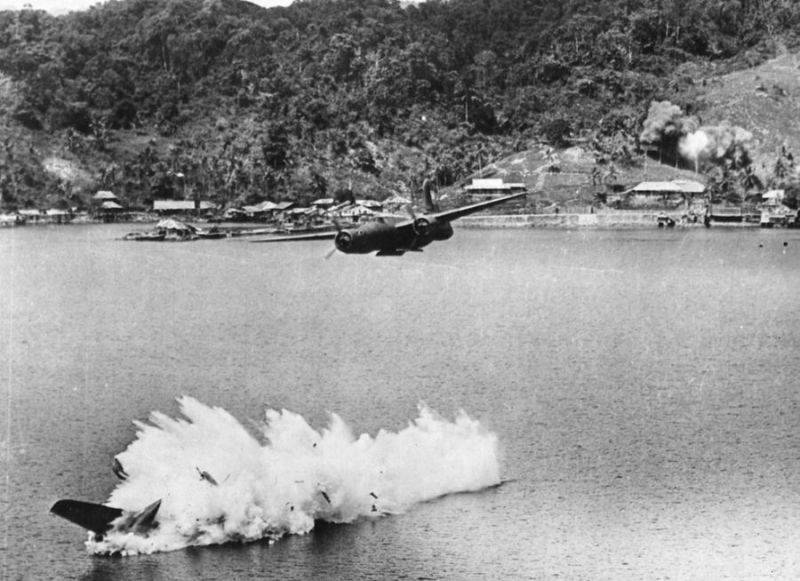
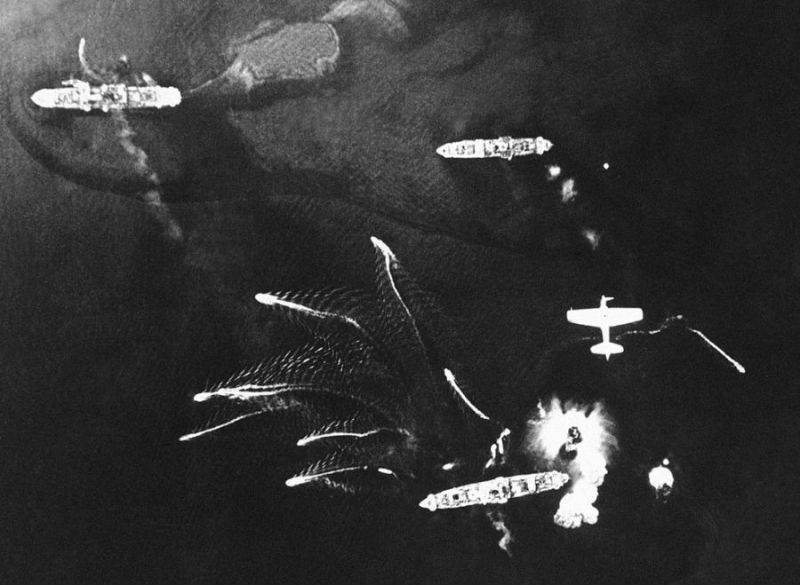
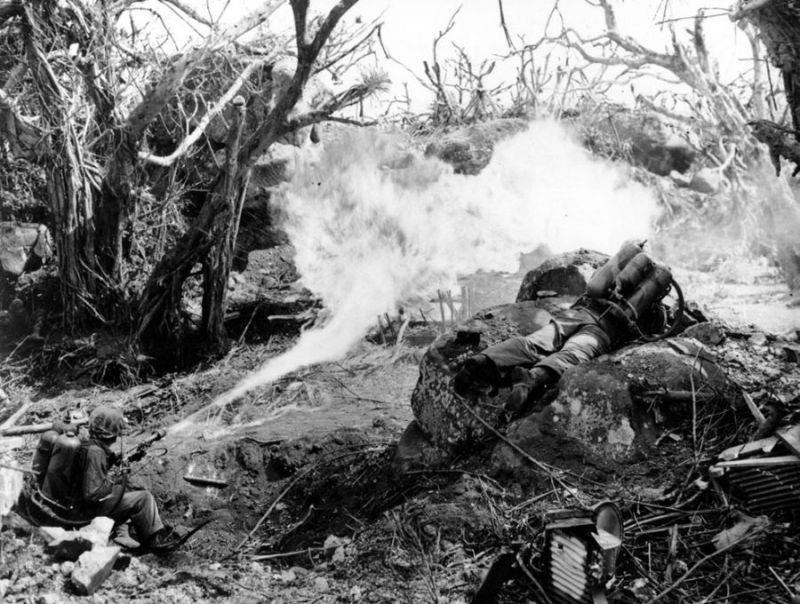
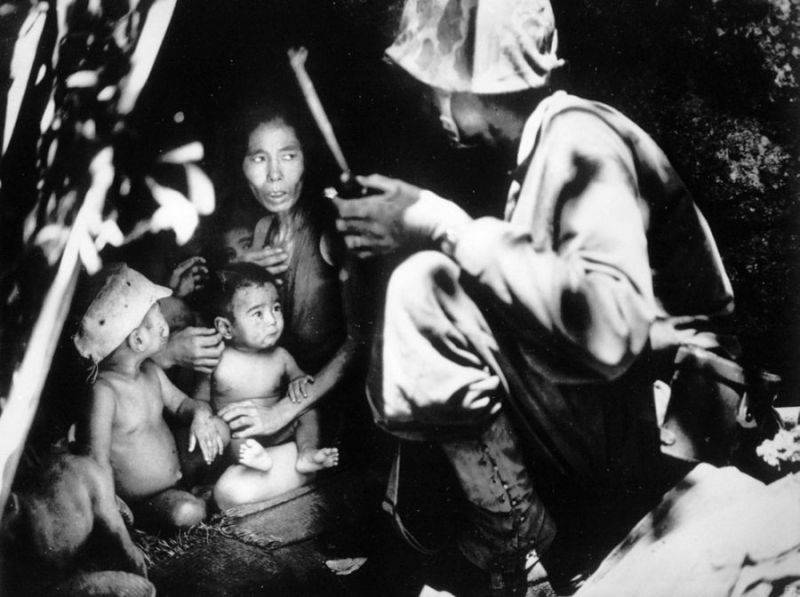
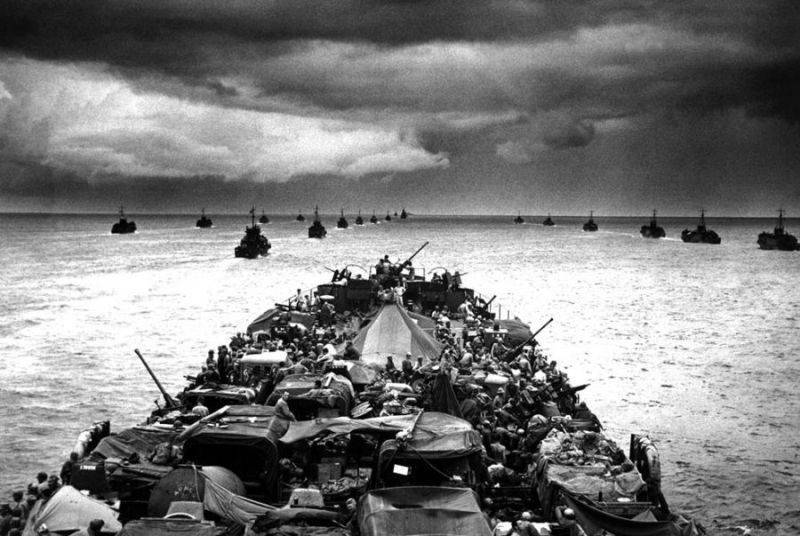
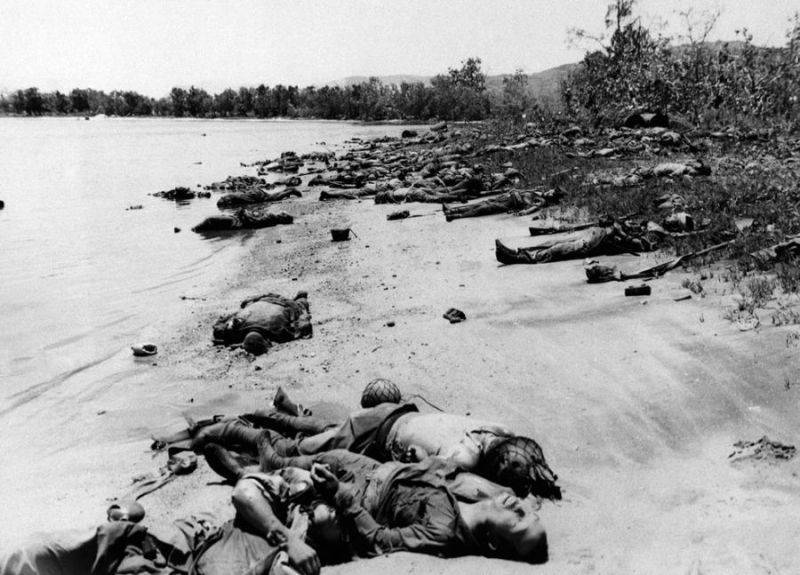
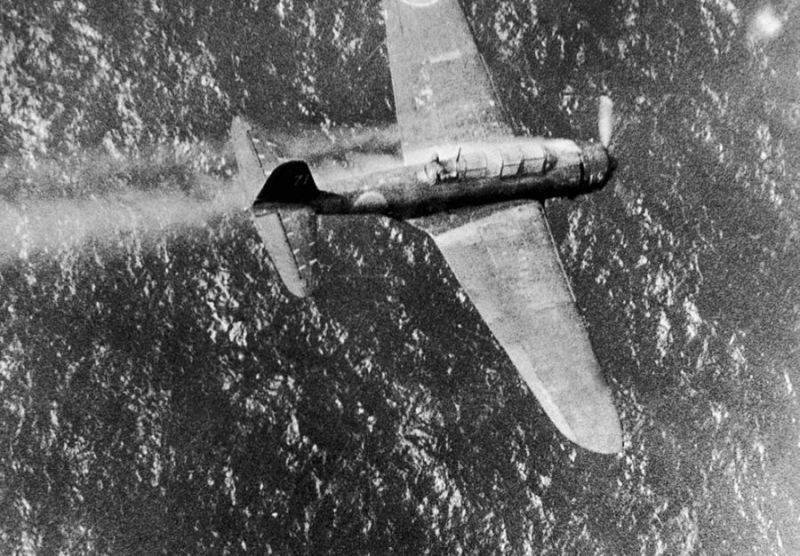
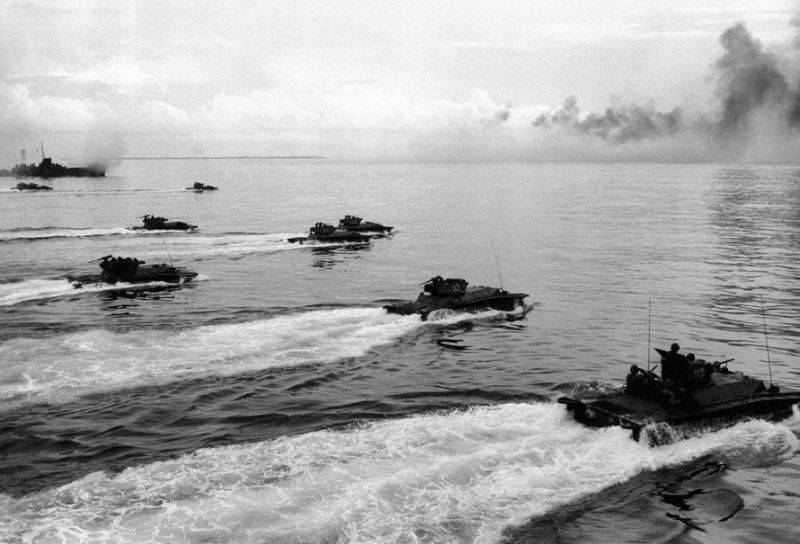
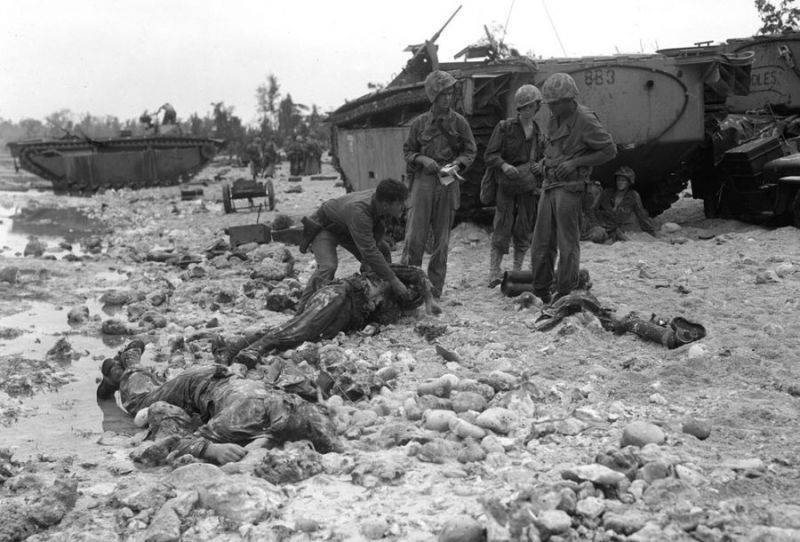
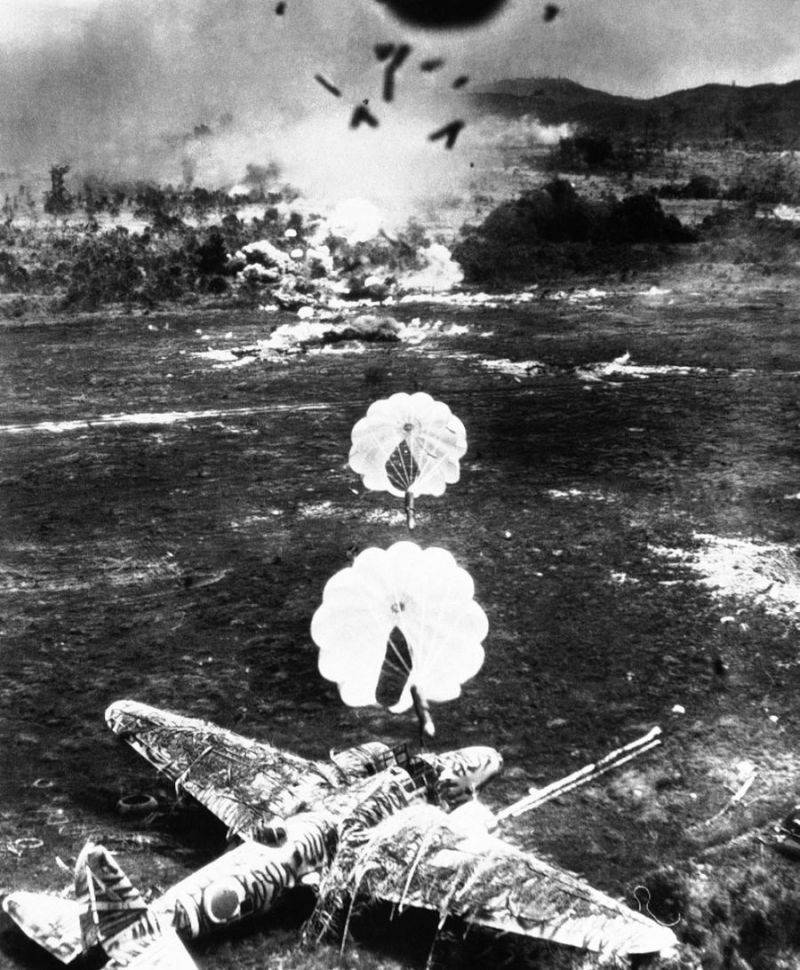
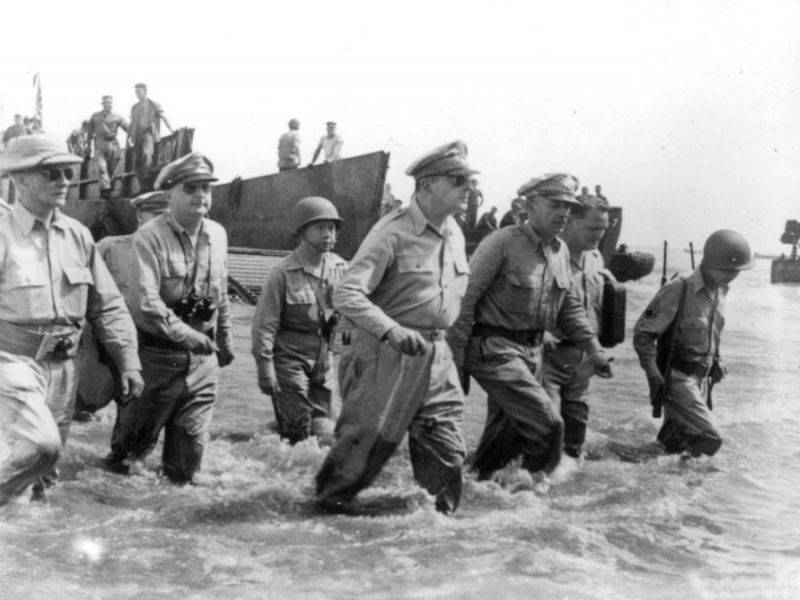
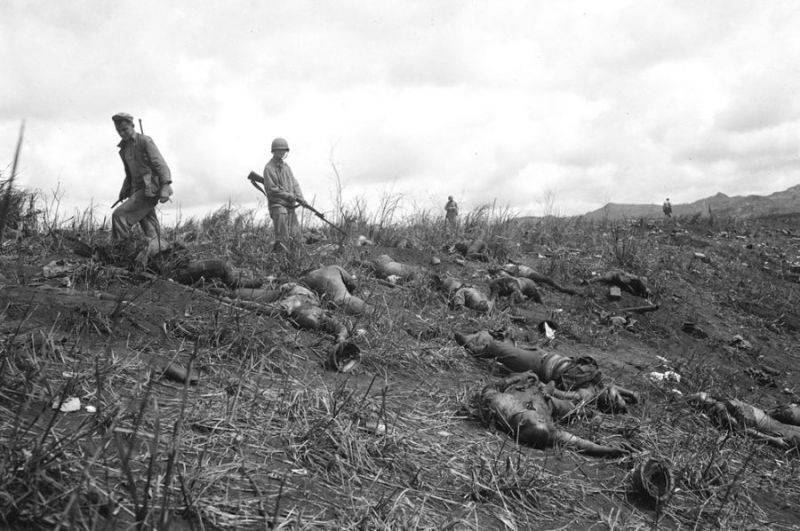
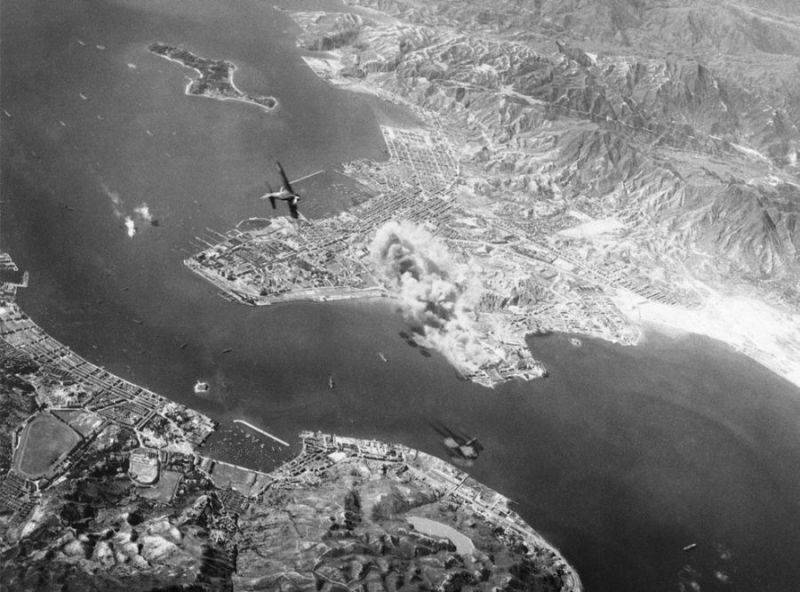
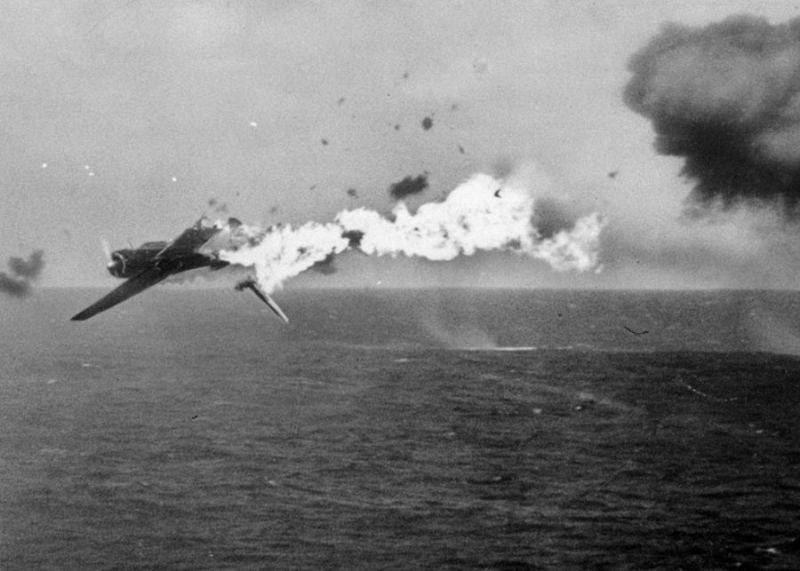
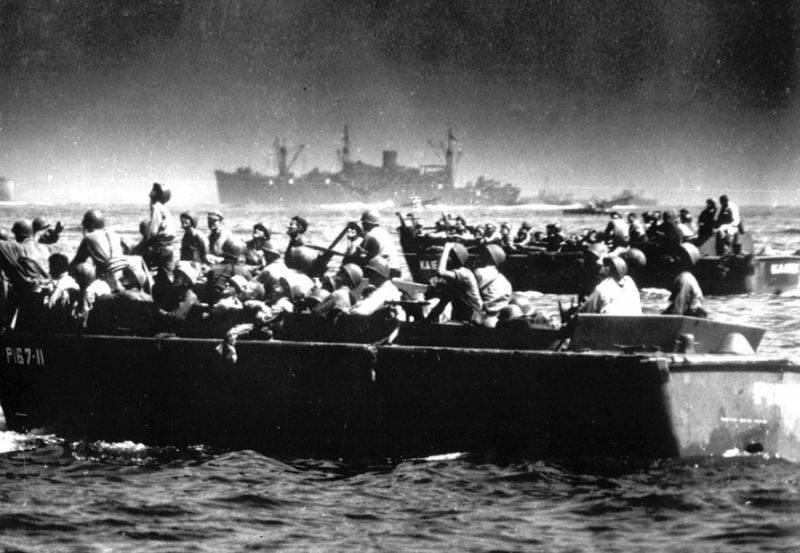
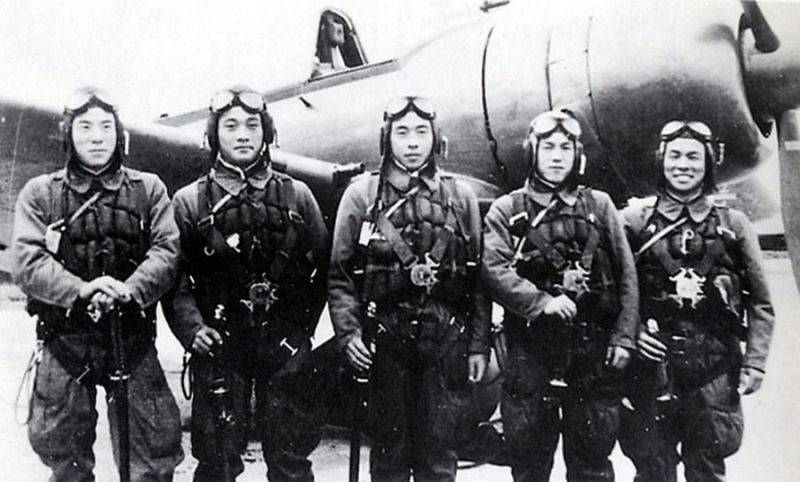
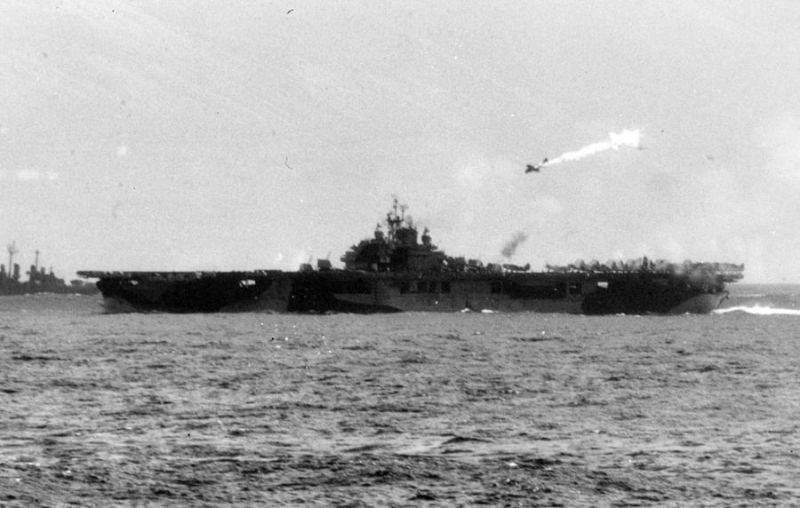
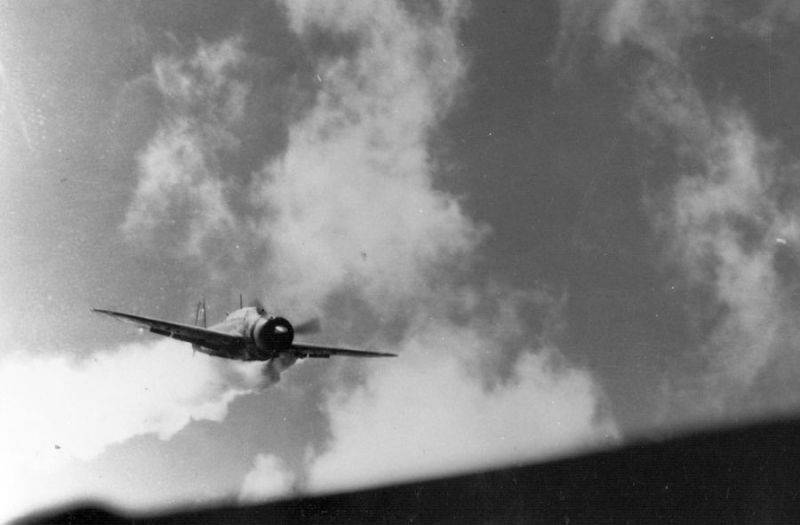
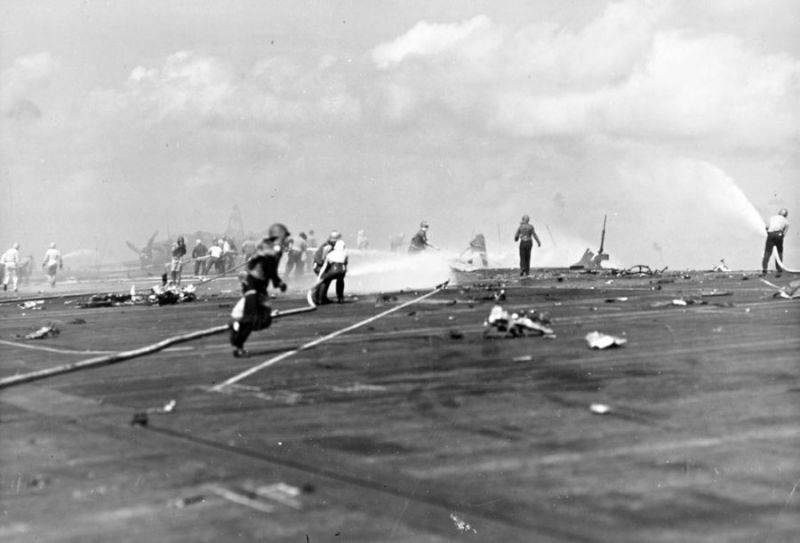
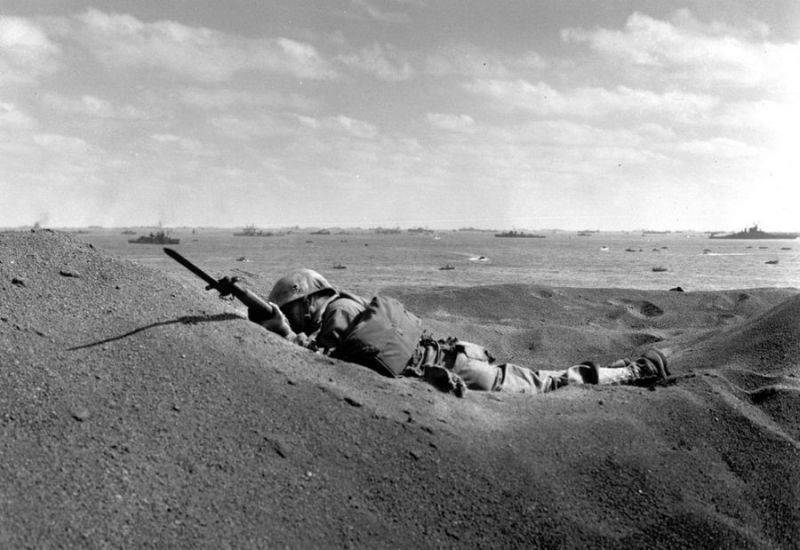
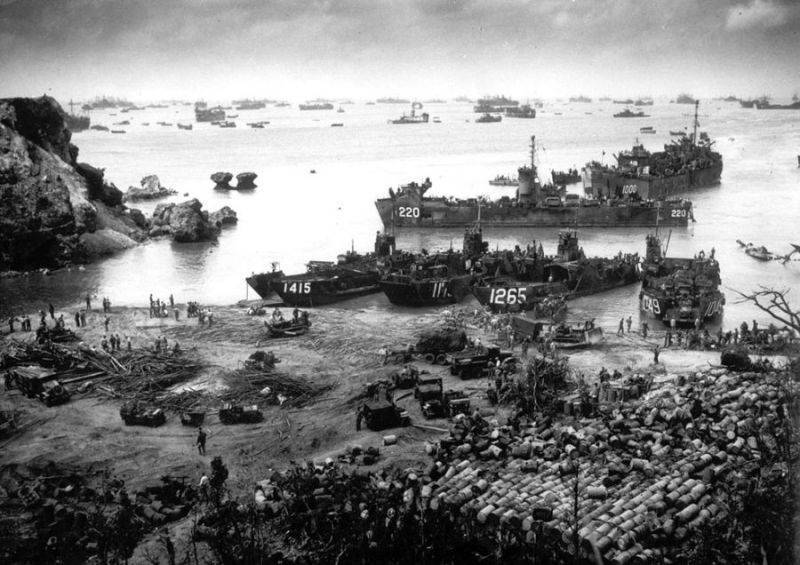
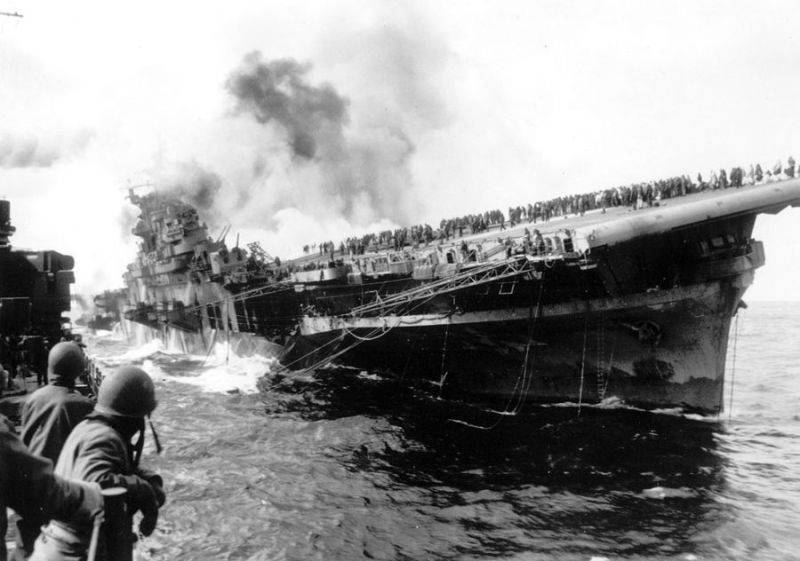
Information